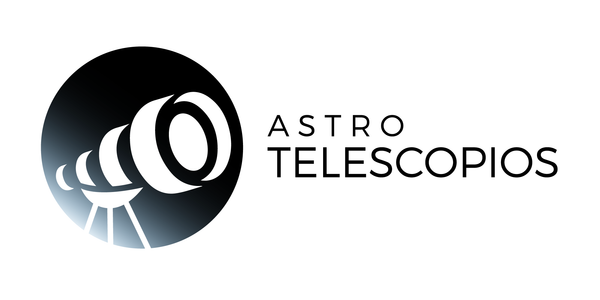
Astronomical event: planetary alignment of February 28, 2025
The last week of February will treat us to an astronomical spectacle worthy of admiration: the planetary alignment, in which the seven visible planets of our solar system will line up in an arc over the horizon after sunset. A rare event that will allow us to see Mercury, Venus, Mars, Jupiter, and Saturn with the naked eye, while Uranus and Neptune will be accessible with telescopes.
A rare planetary alignment
This phenomenon, which will occur between February 22 and 28, will be one of the few opportunities of the year to observe all the planets of the solar system simultaneously in Earth's skies. For the most attentive observers, a clear sky and an unobstructed horizon will be essential to not miss the appearance of the faintest stars, such as Mercury and Saturn, which will be very low in the west.
Venus and Jupiter, two of the brightest planets, will dominate the celestial scene, standing out in the constellations of Pisces and Taurus, respectively. Mars, with its characteristic reddish glow, will be visible higher in the sky, in the constellation of Gemini. Mercury, meanwhile, will be the most difficult to detect, due to its proximity to the Sun and its low elevation above the horizon.
It is important to note that alignment is only one perspective from our planet; alignment does not occur symmetrically as many people think.

Observation schedules for the alignment in Spain and Mexico
For those wishing to observe this event from Spain, the best time will be approximately 45 minutes after sunset, i.e., around 7:45 PM (Peninsula and Balearic Islands time). It's important to have a clear horizon to the west to be able to spot Mercury and Saturn before they disappear below the horizon.
In Mexico, visibility will also begin about 45 minutes after sunset, which varies depending on the location within the country. In Mexico City, for example, the best time for observation will be around 7:10 PM (local time), while in the northwest of the country, such as Tijuana, it will occur around 6:20 PM (local time). As in Spain, an unobstructed horizon will be key to maximizing observation time.
The importance of the ecliptic
The planetary parade will follow the path of the ecliptic, the imaginary line along which the planets move in their orbit around the Sun. This line passes through the constellations and is also the path along which eclipses occur. The minimal inclination of the planetary orbits with respect to Earth's allows, on special occasions like this, all the planets to be visible in almost the same region of the night sky.
Uranus and Neptune: The Hidden Giants
Although the five classical planets will be observable without instruments, Uranus and Neptune will require telescopes for their detection. These ice giants, located 2.955 and 4.62 billion kilometers from Earth respectively, are too faint to be seen with the naked eye. Uranus, discovered in 1781, and Neptune in 1845, remained hidden from humanity until the modern era due to their remoteness and reduced brightness.

The great conjunction of March 1
The astronomical event will culminate with a beautiful conjunction on March 1, when the crescent Moon will be positioned between Venus and Mercury on the western horizon. This celestial encounter will provide a spectacular view, with the slender curve of the Moon illuminated alongside the two innermost planets of the solar system. For those wishing to observe, the best time will be shortly after sunset, looking toward the west.

Planetary Alignment: A Sight to Remember
This planetary parade will remind us of the grandeur of the cosmos and our connection to the stars. Although winter is giving way to spring and the nights are getting shorter, we can still enjoy the celestial dance and the immensity of the universe from our little corner of the Earth. Let us take every opportunity to raise our gaze to the heavens and marvel at the secrets the firmament holds.


